Information Technology Information technology is the study, design, development, implementation, support or management of computer-based information systems, particularly software applications and computer hardware; the capability to electronically input, process, store, output, transmit, and receive data and information as well as the ability to control machines of all kinds electronically.
The term information technology evolved in the 1970s. Its basic concept, however, can be traced to the World War II alliance of the military and industry in the development of electronics, computers, and information theory. After the 1940s, the military remained the major source of research and development funding for the expansion of automation to replace manpower with machine power.
Since the 1950s, four generations of computers have evolved. Each generation reflected a change to hardware of decreased size but increased capabilities to control computer operations. The first generation used vacuum tubes, the second used transistors, the third used integrated circuits, and the fourth used integrated circuits on a single computer chip. Advances in artificial intelligence that will minimize the need for complex programming characterize the fifth generation of computers.
Computers today are divided into four categories by size, cost, and processing ability. They are supercomputer, mainframe, minicomputer, and microcomputer, more commonly known as a personal computer. Personal computer categories include desktop, network, laptop, and handheld.
I. Read the text. For statements (1–5) choose "True" if the statement is true according to the text, "False" if the statement is false:
1. IT is the exploration of data, software and hardware.
2. The concept IT emerged in the nineteen forties.
3. The military financed computerization.
4. Each period of computer development was characterised by various software applications.
5. Computers have five types according to their dimensions, price and performance.
II. For statements (6 – 10) choose the best alternative (A, B or C) to replace the expressions in italics:
6. … design, development, implementation, support or management … (line 1)
A. accomplishment B.operation C. action
7. … input, process, store, output, transmit, and receive data … (line 3)
A. transceive B. transact C. transfer
8. … can be traced to the World War II alliance … (line 6)
A. tracked B. parried C. retracted
9. Advances in artificial intelligence … (line 15)
A. Decreases B. Improvements C. Reductions
10. … include desktop, network, laptop, and handheld … (line 20)
A. handmade B.portable C. cumbersome
III. For questions (11-20) read the text below and decide which word A, B, C or D best fits each gap.
Computer science is the study of the theoretical foundations of information and (1) and of practical techniques for their implementation and (2) in computer systems.
Computer science has many sub-fields; some, such as computational complexity theory, study the properties of computational problems, while others, such as computer graphics, emphasize the computation of specific results. Still others (3) on the challenges in implementing computations. For example, (4) language theory studies approaches to (5) computations, while computer programming applies specific programming languages to (6) specific computational problems, and human-computer interaction focuses on the challenges in making computers and computations useful, usable, and universally(7) to humans.
The general public sometimes (8) computer science with careers that deal with computers (such as (9) technology), or think that it relates to their own experience of computers, which typically involves activities such as gaming, web-browsing, and (10) . However, the focus of computer science is more on understanding the properties of the programs used to implement software such as games and web-browsers, and using that understanding to create new programs or improve existing ones.[
11. A. computer B.computation C. counting D. calculating
12. A. presence B. absence C. application D. specification
13. A. focus B. look C. consist D. refer
14. A. application B.compatible C. programming D. structured
15. A. implement B. contain C. resolve D. describe
16. A. release B. request C. search D. solve
17. A. interoperable B.accessible C. specific D. peculiar
18. A. confuses B. dazes C. misses D. contributes
19. A. operation B. speculation C. information D. modulation
20. A. web-authoring B. manual C. operating D. word-processing
268
288
Ответы на вопрос:
Printed books (volumes) can be used in parallel (different printed volumes by l. tolstoy can be given to different readers, and their electronic copies placed on one cd-rom can not); .the printed book is completely autonomous (the information is stored for a long time, there is no need for an external power source), you can read it almost everywhere.electronic books can be opened only with the help of the internet. and it is not everywhere.they spoil the eyesight. printed books are more convenient to carry than a gadget. do you agree? and a gadget can steal it, but who needs an ordinary book, hardcover
Популярно: Английский язык
-
Read the email. imagine have a pen friend from england called...
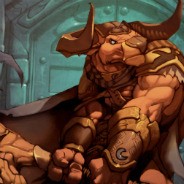 garanina200520.02.2023 04:26
garanina200520.02.2023 04:26 -
решить задание Task 1. Write the Past Simple form of these regular...
 тогжан2217.03.2021 17:56
тогжан2217.03.2021 17:56 -
Жоғарыдағы сөздерді қолдана отырып,6 сұрақ(ағылшынша) құрап беріңіздерші...
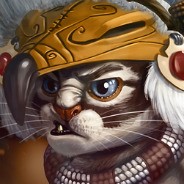 ДашаАлл03.08.2020 14:43
ДашаАлл03.08.2020 14:43 -
Найдите the Passive voice...
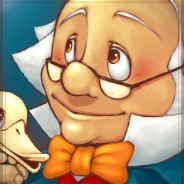 kiryanova196927.08.2021 02:12
kiryanova196927.08.2021 02:12 -
Написать во к подлежащему к следующим предложениям и перевести...
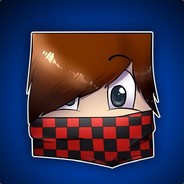 Даша144444420.08.2022 07:30
Даша144444420.08.2022 07:30 -
примерно так сочинить письмо дедушке и бабушке только про зиму...
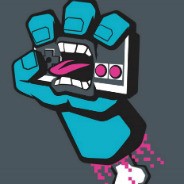 ОбессиленныйАутист06.11.2022 13:59
ОбессиленныйАутист06.11.2022 13:59 -
Поставить глаголы в нужной форме...
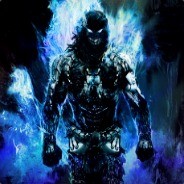 25durak10.10.2021 06:46
25durak10.10.2021 06:46 -
Проект по английскому семь чудес моей страны Россия (кратко)...
 887758025.11.2021 08:23
887758025.11.2021 08:23 -
Ask Joe questions. (Look at his answers before you write the questions.)...
 ValeriaBezzubik11.05.2023 07:49
ValeriaBezzubik11.05.2023 07:49 -
Поставить глаголы, в нужное время...
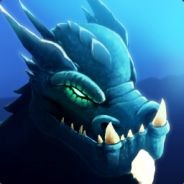 andreyyurinp06nhg31.08.2021 06:45
andreyyurinp06nhg31.08.2021 06:45
